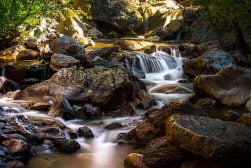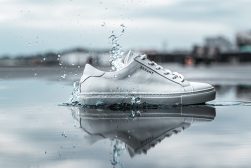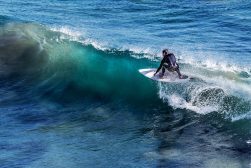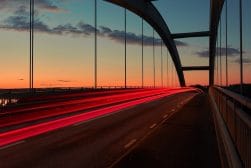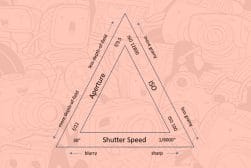
Mastering Fast Shutter Speed in Photography
Unlock the secrets of fast shutter speed to capture crisp action shots and freeze fleeting moments. Dive into pro tips & techniques for sharp, dynamic photos.
Learn | By Ana Mireles
Do you know what is and when to use a fast shutter speed?
This fast shutter speed guide will help you to understand what happens when you choose to increase the speed of the shutter when you take a photograph.
Here, you’ll understand what is the implication in terms of exposure and the creative uses a fast shutter speed has. All of this with photos that exemplify everything so you can get a better grasp of it.
You’ll also find the answers to the most common questions regarding the use of fast shutter speed and other shutter-speed-related doubts.
As you can see, we have a lot to cover. So, let’s get started!
Table of Contents
What Is Fast Shutter Speed?
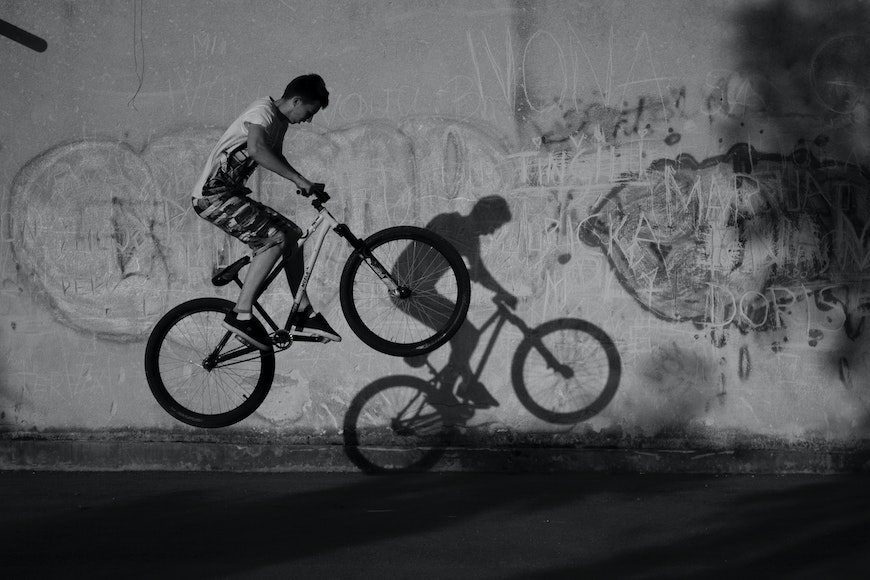
Credit: Petar Starcevic
The camera shutter speed refers to how much time does the shutter opens when you take a photo. Therefore, it’s one of the factors that determines the amount of light that reaches the camera sensor.
Fast shutter speeds open and closes the shutter very quickly – in fact, they do it in fractions of a second. This is why you often see a shutter speed measured as 1/x.
Whenever you see a full number, for example, a shutter speed of 1 – it means you’re talking about a slow shutter speed. In this example, 1 means one second.
However, not because you see a fraction of a second you can automatically assume you’re talking about fast shutter speeds. For example, 1/2, 1/4, and 1/8 are still considered slow shutter speeds.
While there isn’t a clear division, most people make the cut at 1/250 of a second.
Generally speaking, you would use a fast shutter speed whenever there is bright light or when you want to freeze your subject. I’ll go into more detail about how and when to use fast shutter speeds later on.
As you can imagine, a fast shutter speed is the opposite of a slow one. This, in other words, is a long shutter speed because it leaves the shutter curtains open for a longer time.
If you want to know more about shutter speed in general, you can check this guide on shutter speed for beginners. Here, I’ll continue to focus on the faster shutter speeds.
When Do You Need a Fast Shutter Speed?
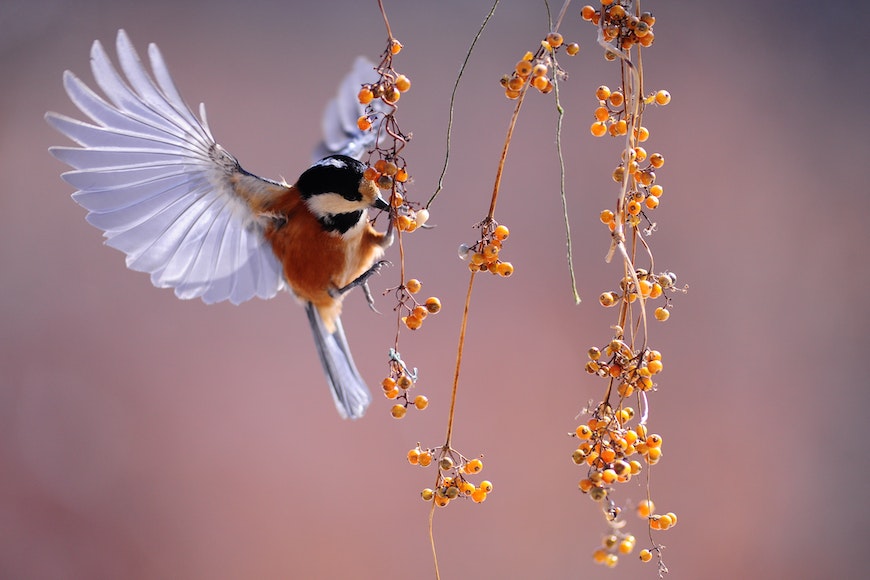
Credit: Pixabay
You need a fast shutter speed when you’re shooting in bright light and not even the lowest ISO and the smallest aperture are enough to achieve the correct exposure.
Another situation in which you need a fast shutter speed is when you want to use a wide aperture to have a selective focus. This will let in more light, to compensate for this, you need faster shutter speeds.
Yet another use for fast shutter speed is to avoid camera shake. If you’re shooting handheld, a slow shutter speed may capture your natural movement causing blurry images. To prevent this issue, you can use a faster shutter speed.
Last but not least, you need a fast shutter speed when you want to freeze motion. If you’re photographing moving subjects, you can use fast shutter speeds to prevent motion blur. When you’re freezing motion with a very fast shutter speed, then it’s called high-speed photography.
Freezing motion is necessary for various types of photography, most notably for sports – see what shutter speed is best for sports photography to learn more.
What Does a Fast Shutter Speed Do to an Image?
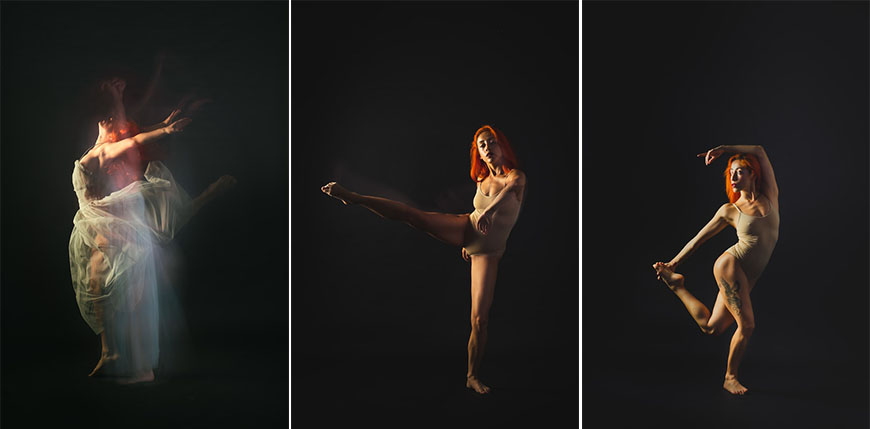
Shutter speeds from left to right: 1sec – 1/25 sec – 1/125 sec. Credit: Jo Kassis
As you know, the shutter speed is one of the elements of the exposure triangle. So, using a fast or a slow shutter speed changes how much light gets to the camera sensor.
However, this can be compensated with the other settings. So, if you properly expose your photo the short or long shutter speeds won’t change the image. I’ll go into more detail about exposure later in the article.
The thing that changes the image when you use a fast shutter speed is the way you capture motion. This is the reason why you should never let the camera choose the shutter speed automatically when you have moving subjects.
To choose the best shutter speed you need to see how fast is the subject moving and decide whether you want to freeze it or you want blurring motion.
Slow shutter speeds allow you to capture motion blur. The slower the shutter speed, the more blur you’ll get. If you want too much motion blur you won’t even use the slower shutter speeds of the camera.
Instead, you’ll need to use Bulb mode to open and close the shutter manually by pressing the shutter button at the beginning and the end of the exposure or by using a shutter release. This is known as long-exposure photography and it’s used mainly for landscape photography and astrophotography.
Fast shutter speeds open and shut in fractions of a second allowing you to freeze motion. For fast-moving objects, you’ll need faster shutter speeds.
What Is Considered a Fast Shutter Speed?
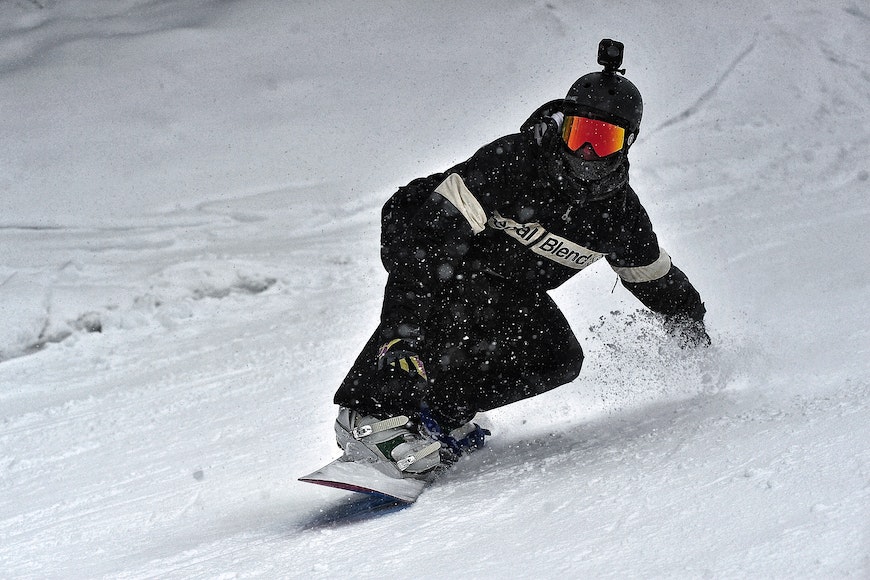
Credit: Fede Roveda
Technically speaking, a fast shutter speed is one that avoids motion blur. However, the shutter speed needed to freeze a moving subject also depends on how fast it’s moving.
As you can see, using this definition doesn’t gives us a specific value. The same thing happens if you want to use camera shake as the measure.
This is because the shutter speed that you need to prevent this depends on the focal length you’re using. If you’re shooting with a telephoto lens, you’ll need a faster shutter speed to prevent camera shake than you would if you shoot with a wide angle. This is especially true if your lenses or camera don’t have image stabilization.
So, there isn’t a specific shutter speed that’s considered fast. However, most people agree that values above 1/250 sec are considered fast shutter speeds.
Since there isn’t a clear-cut answer to what is considered a fast shutter speed, I thought it might be easier to answer some of the most asked questions.
Which shutter speed is faster 1 250 or 1 1000?
A 1/1000 shutter speed is faster than 1/250. When you’re speaking about fractions of a second, the higher the number, the faster it is.
Is 1 100 a fast shutter speed?
Usually, 1/100 is not considered a fast shutter speed. However, it may be enough to freeze a person walking at a casual pace.
Is 1 500 shutter speed fast or slow?
Most people would consider 1/500 considered a fast shutter speed. It would prevent camera shake shooting without a tripod using almost any lens except super telephotos.
It’s also enough to freeze a person running or cycling, and it’s too fast to sync with a flash unless you’re using HSS. It won’t be enough to freeze faster subjects such as a car, though.
Which shutter speed is faster 1 30 or 1 500?
A shutter speed of 1/500 is faster than 1/30. If you’re looking for a faster shutter speed, always go to a higher number in the fraction.
Is 1/500 too fast for flash photography?
Yes, 1/500 is too fast if you’re using a regular flash. If you want to use a fast shutter speed, you need to use a feature called high-speed sync (HSS).
What shutter speed will freeze action?
The shutter speed you need to freeze an action depends on how fast the subject is moving. For example, if you use the same shutter speed to photograph a bicycle and a car – the car may be blurred while the bicycle may be sharp. This is because a bicycle is slower than a car.
What’s the difference between frame rate vs shutter speed?
How to Use a Fast Shutter Speed
There are different settings in which you can use fast shutter speed. The exact steps to find each one will change on each camera.
However, you can always do a quick Google search or review your user’s manual to find out where each feature is on your camera.
Using Shutter Priority Mode
Shutter priority is a semiautomatic mode present in most cameras. Usually, you need to turn the mode dial to S or TV to enable it.
Otherwise, look for it in the settings menu or browse the user’s manual to know if it’s supported and how to turn it on.
Using the shutter priority mode, you can choose which shutter speed you want and the camera will automatically set the aperture and ISO required to properly expose your photos.
You should use the shutter speed priority when you’re photographing moving objects. This way, you can choose if you want to introduce motion blur or if you prefer a sharp subject.
Use a fast shutter speed if you want sharp images without motion blur. This will diminish the amount of light coming in. So, the camera will either raise the ISO or it will widen the aperture.
Using Manual Mode
Another way to set a fast shutter speed is by setting the camera to manual mode. Unlike the shutter speed priority mode, here everything is up to you.
This means that whenever you change shutter speed, you need to compensate by adjusting the aperture or the ISO – or both.
If you need to use a fast shutter speed, start by setting the right shutter speed. Then, move on to the other elements of the exposure triangle to find the correct exposure.
Using Burst Mode
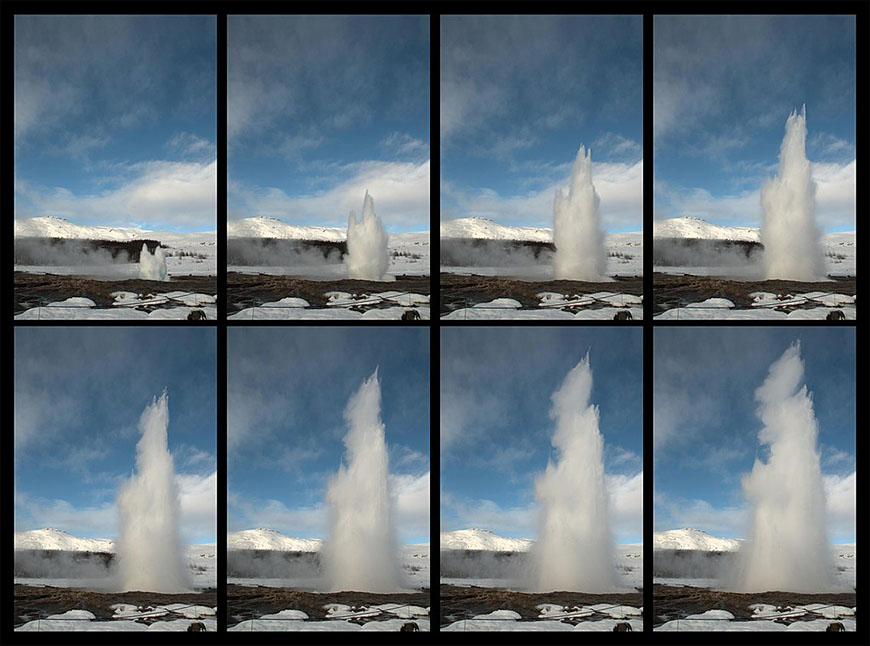
A sequence of images taken in burst mode. Credit: Papa November, CC BY-SA 3.0, via Wikimedia Commons
Burst mode is another important setting that you should know. This feature tells your camera to keep shooting for as long as you’re pressing the shutter button.
The burst mode is measured in frames per second (fps). This means that a camera with 8fps will be able to capture eight pictures every second you keep pressing the shutter.
This is normally very useful when you need to capture the best moment of a given action. Just to mention a few examples, you would use this to capture when a bear captures a fish in the river or when a basketball player dunks a ball.
As you can see, burst mode isn’t directly related to the camera settings because it doesn’t change whether you choose them manually or you let the camera work in auto mode.
However, if you’re working in burst mode you need a fast enough shutter speed for it to work properly. Also, if you need a relatively slow shutter speed – you probably don’t need to use the burst mode.
How a Fast Shutter Speed Affects Exposure
The photos below show how shutter speed affects exposure – each image was taken with identical settings, except for the shutter speed being increased one stop each time.
As you can see from the examples, a faster shutter speed reduces the light entering the camera, resulting in a darker exposure (assuming all other settings are kept constant).
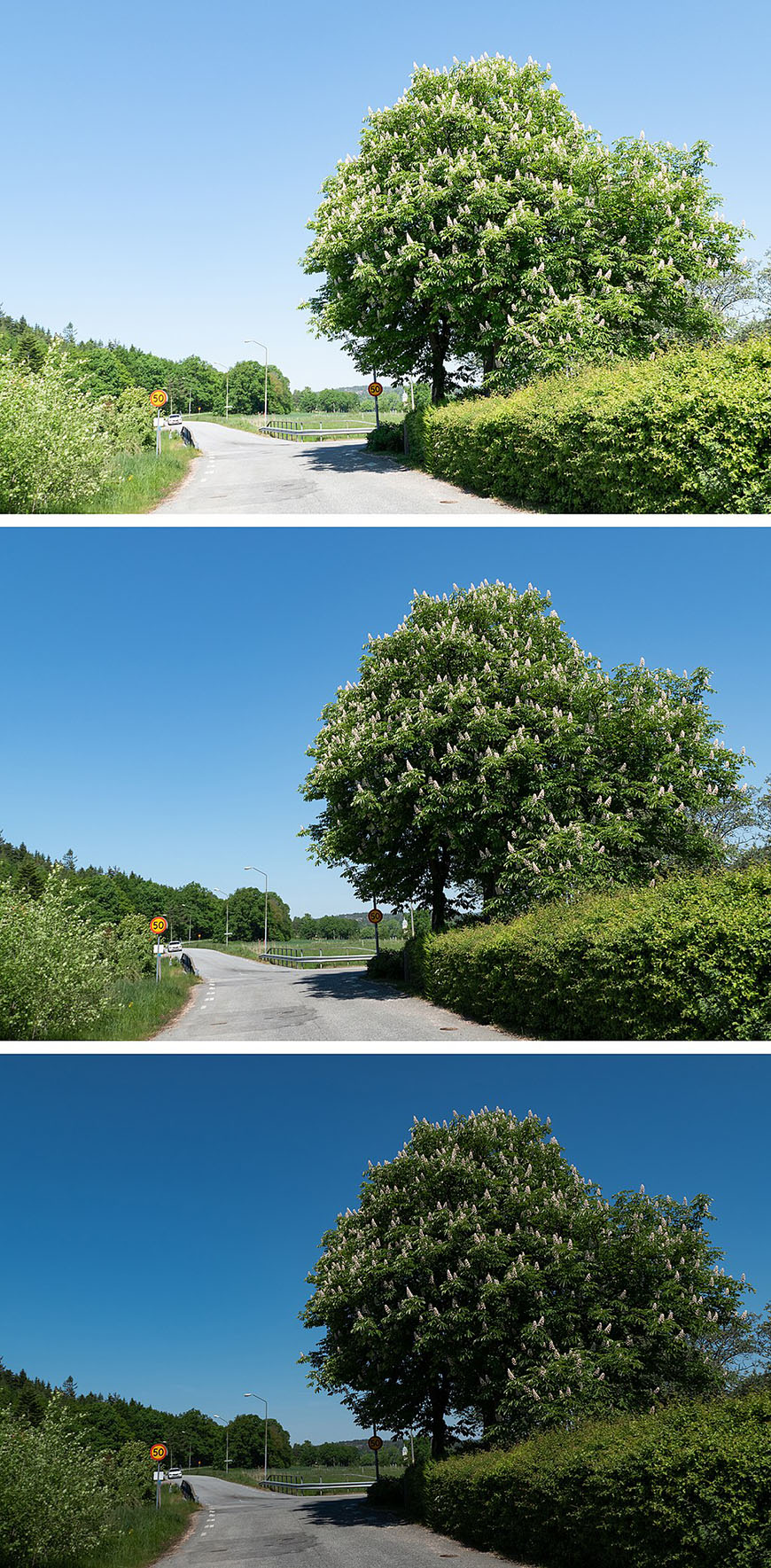
Credit: W.carter, CC0, via Wikimedia Commons
As I mentioned before, the shutter speed determines how long the camera shutter stays open to expose the camera’s sensor to the light.
So, a fast shutter speed means that you’re letting in less light than you would with a slower shutter speed. So, if you don’t change any of the other settings, a faster shutter speed would darken your image.
This doesn’t mean that you’ll always have underexposed images if you use a fast shutter speed. It just means that you need to compensate with the other settings.
In manual mode, once you’ve set the correct shutter speed you need to set the ISO and aperture that will correctly expose your image.
If you’re not comfortable working your camera manually, you can use the shutter priority mode. This way, the camera will set the correct ISO and aperture.
When you work with natural light, is not always possible to compensate for a fast shutter speed because there isn’t always enough light.
In these cases, you’ll need to use a flash. You have to keep in mind that usually, the flash sync speed is a maximum of 1/250.
So, to use faster shutter speeds you’ll need to use the HSS feature. Otherwise, you’ll have a black stripe on the edge of your photo caused by the shutter curtain.
FAQ
What happens if your shutter speed is too fast?
If you are trying to capture motion blur and your shutter speed is too fast, you’ll freeze the subject’s movement.
Instead, if your shutter speed is too fast in low light conditions you might underexpose your photo unless you are able to compensate with the other settings.
Lastly, if the shutter speed is too fast to sync with your flash, part of the image will be covered by the shutter curtain. So, you’ll need to use high-speed sync.
What camera has the fastest shutter speed?
Generally speaking, mirrorless cameras have faster shutter speeds.
The Canon EOS R3 is currently the fastest if you consider its electronic shutter that reaches an astonishing 1/64000 sec. The physical shutter, though, reaches a maximum of 1/8000.
However, researchers from UCLA developed a new technology known as STEAM. The STEAM camera has a speed of 440 trillion of a second.
Is a shutter of 1 500 or 500 a fast shutter speed?
A shutter speed of 1/500 or 500 – as it’s sometimes called, is generally considered a fast shutter speed. However, if you’re trying to freeze a bursting water balloon or a hummingbird’s wings, they won’t be fast enough.
What is the best shutter speed in photography?
There isn’t a shutter speed that’s better than another one – it depends on what you’re trying to capture and the effect that you want. A longer shutter speed is best if you want to create smooth waves in a seaside photograph while a fast shutter speed is best if you want to freeze your dog catching a Frisbee in midair.
Technically speaking, you should consider that a long shutter speed will introduce noise to your image. This usually happens if you shoot in bulb mode.
How fast is 1/4000 shutter speed?
A shutter speed of 1/4000 means that the shutter of the camera is open for 250 microseconds. A 1/4000 shutter speed is fast enough to freeze a hummingbird’s wings.






